
Agriculture
November 9, 2023
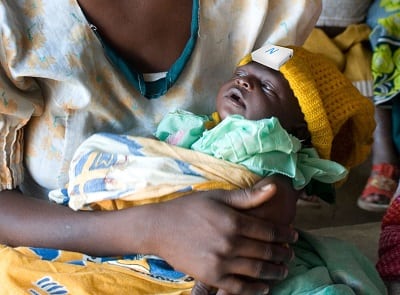
Updated on November 9, 2023
·Created on June 23, 2016
Neopenda is an infant hat with sensors to monitor vitals.
A simple, low-cost, low-power, sensor integrated into a baby hat that measures newborns’ key vital signs. Continuous monitoring improves speed of action in life-threatening situations for neonates and ensures that when they are in distress, they have the best chance to receive the care they need to survive and thrive. The device is a prototype that is still in early testing stages. Interview with representative
Market Suggested Retail Price
$50.00
Target Users (Target Impact Group)
Distributors / Implementing Organizations
Manufacturing/Building Method
The devices are currently manufactured in-house and with local partners by Neopenda. Interview with representative
Intellectural Property Type
Other
User Provision Model
Ultimately the product may be purchased and distributed through wholesale distributors of medical equipment; in Uganda, the primary distributors are National Medical Stores for public hospitals and Joint Medical Store for private hospitals. We are also pursuing implementation with multi-national NGO partners. Interview with representative
Distributions to Date Status
This is a prototype and not available on the market as yet.
Design Specifications
 Target specifications for Neopenda Vital Signs Monitor. The device is presently in a testing phase but aims to achieve these targets.[/caption]
Target specifications for Neopenda Vital Signs Monitor. The device is presently in a testing phase but aims to achieve these targets.[/caption]



Technical Support
The type and frequency of preventative maintenance needed is unknown. Neopenda is working with in-country engineers while refining the prototype to ensure that repairs can be performed on-site. Interview with representative
Replacement Components
Unknown
Lifecycle
The anticipated lifetime is 2 years.
Manufacturer Specified Performance Parameters
The Neopenda vital signs monitor gives voice to newborns in medical distress and enables responsive medical care in low-resource hospitals. The prototype is rapidly being refined and tested. Technical data is anticipated to be available in the coming months.
Vetted Performance Status
Neopenda is rolling out a pilot in Kampala, Uganda, in 2017 to assess the accuracy of the technology, and preparing for feasibility studies in up to six other facilities in four countries. Interview with representative
Safety
Unknown
Complementary Technical Systems
None
Academic Research and References
None
Compliance with regulations
The Neopenda device is enclosed in a case made of FDA compliant medical grade polymer, and uses 100% BPA-free, PCV-free, and phthalate-free materials. It has passed preliminary safety testing for compliance with specified standards of IEC 60601-1 Edition 3.1 (pertaining to medical electrical equipment safety), ISO 80601-2-56 (pertaining to clinical thermometers), and ISO 80601-2-61 (pertaining to pulse oximeter equipment) by a third party in February 2017. Interview with representative
Other Information

Agriculture
November 9, 2023
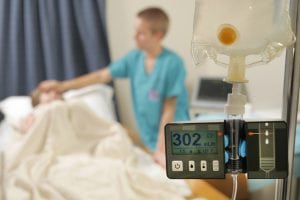
Agriculture
November 9, 2023
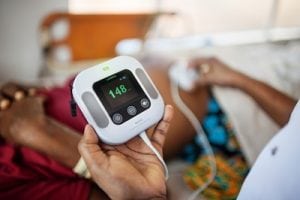
Agriculture
November 9, 2023
Implemented by
Laerdal Global Health
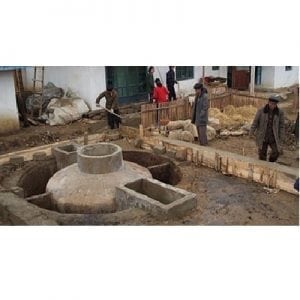
Agriculture
November 9, 2023

Agriculture
November 9, 2023
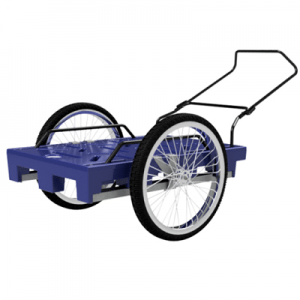
Agriculture
November 9, 2023
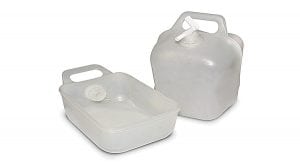
Agriculture
November 9, 2023
Implemented by
NRSRelief
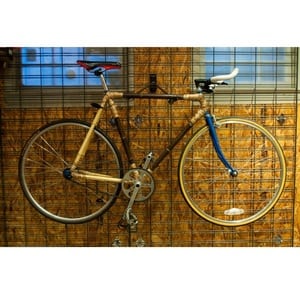
Agriculture
November 9, 2023

Agriculture
November 9, 2023
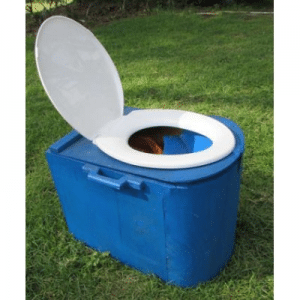
Agriculture
November 9, 2023
Have thoughts on how we can improve?
Give Us Feedback
The protoype models seem to be effective. Further testing should give people confidence in the value of this technology.